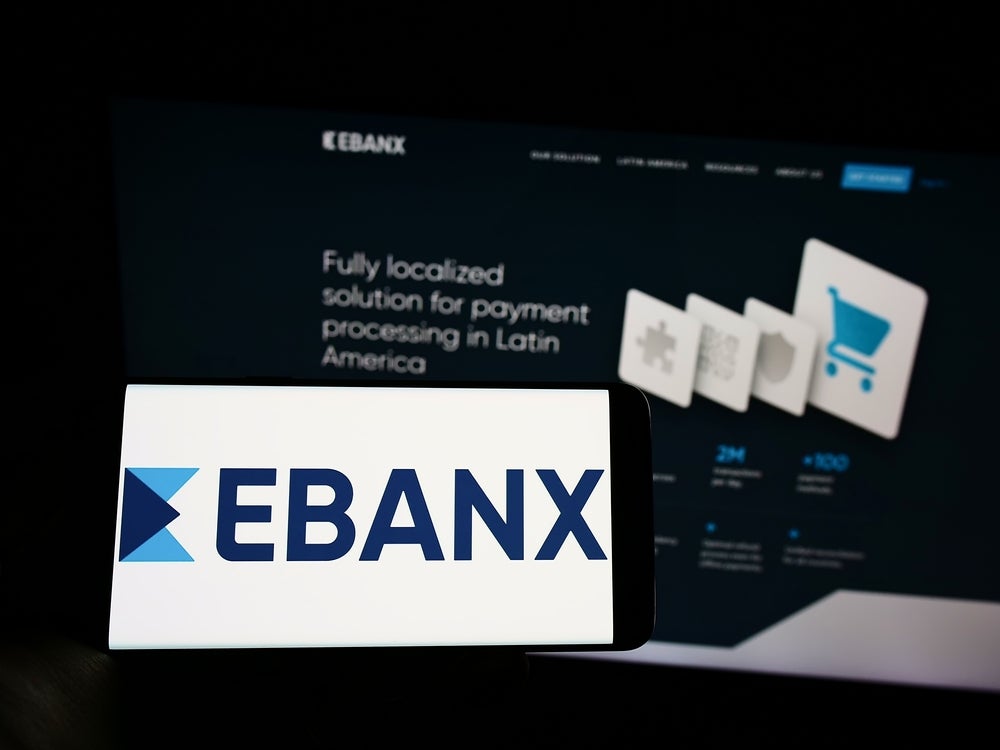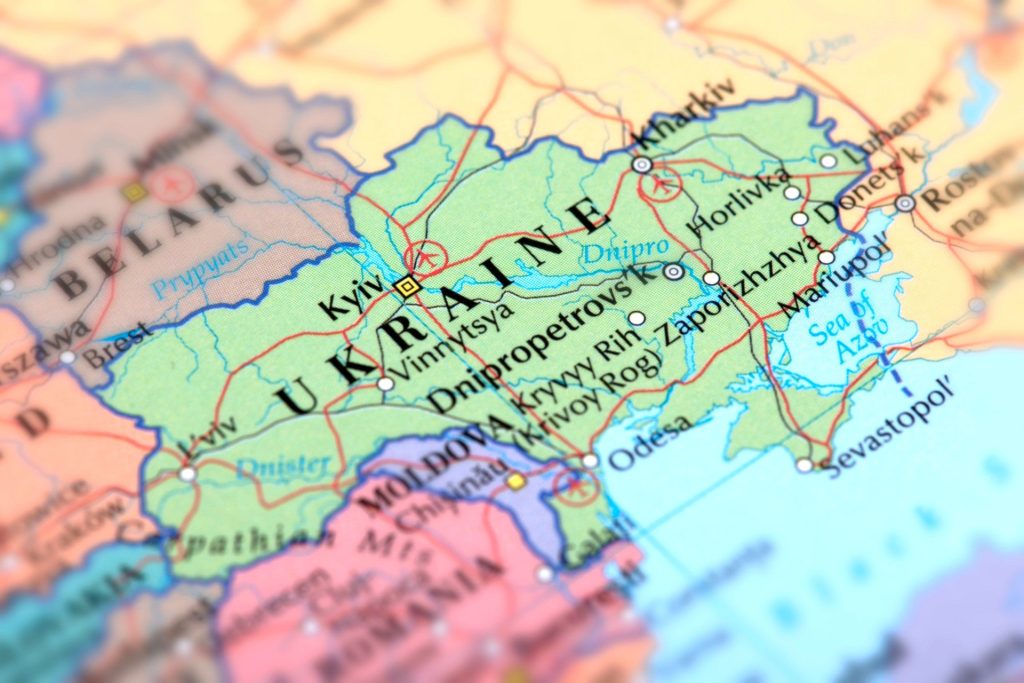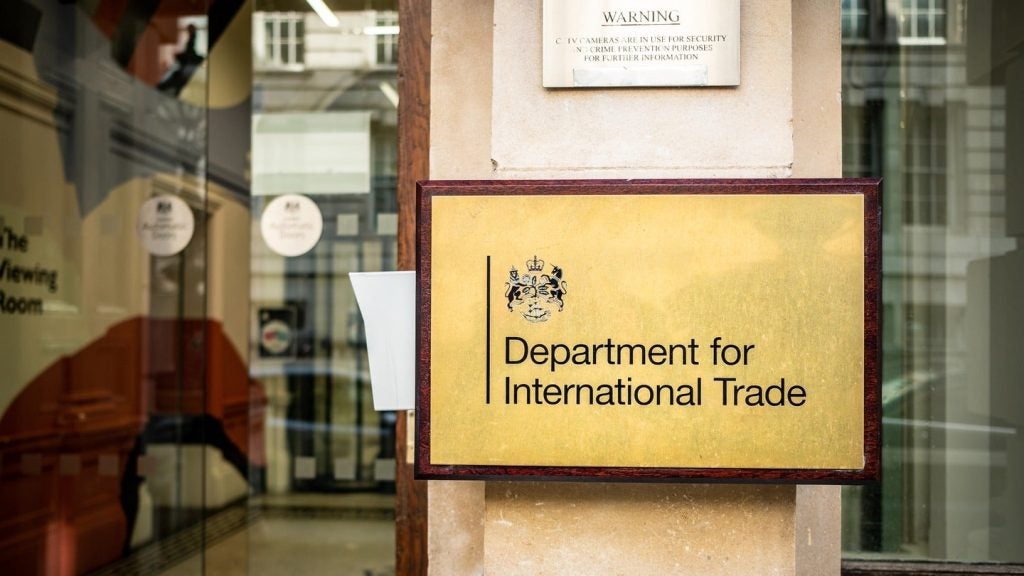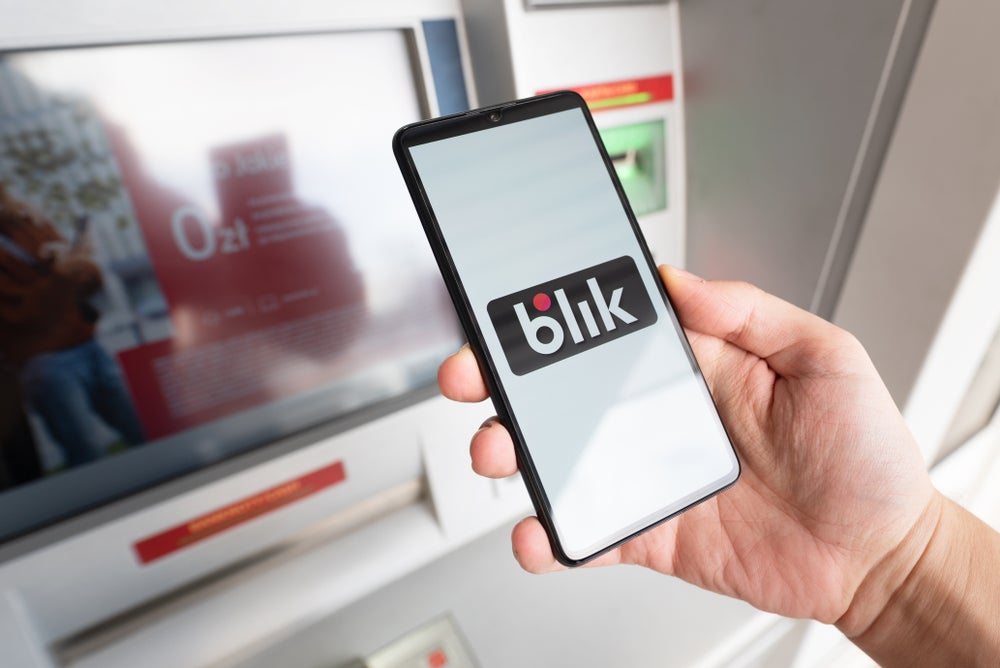Cash remains the predominant payment instrument in Slovakia and is mainly used for day-to-day and low-value transactions. However, government and bank initiatives could be about to change this
Cash accounted for 67% of the total payment transaction volume in 2016. Government financial inclusion initiatives, coupled with the improvement of banking infrastructure by commercial banks, led to a gradual rise in electronic payments.
The government imposed restrictions on cash payments in 2013, at €15,000 $19,916 for individuals and $6,638 for entrepreneurs.
The average transaction value on all payment cards also fell, from $86.10 in 2012 to $70.90 in 2016. The consistent decline reflects the continuing migration of low-value cash payments to cards.
The rising acceptance of payment cards by retailers and the advent of contactless technology are expected to increase the share held by payment cards over the next five years.
Debit cards dominate
Traditionally, Slovak consumers prefer to use debit cards to make card payments. Debit cards accounted for 83% of the total payment cards in circulation in 2016. Debit card penetration in Slovakia stood at 86.4 cards per 100 individuals in 2016, higher than Hungary (77.7), Poland (77.7) and Romania (66.8).
How well do you really know your competitors?
Access the most comprehensive Company Profiles on the market, powered by GlobalData. Save hours of research. Gain competitive edge.

Thank you!
Your download email will arrive shortly
Not ready to buy yet? Download a free sample
We are confident about the unique quality of our Company Profiles. However, we want you to make the most beneficial decision for your business, so we offer a free sample that you can download by submitting the below form
By GlobalDataThe rising banked population has led to increased debit card penetration. Debit cards are offered as a complementary product with bank accounts, and banks are offering personalised accounts to encourage the wider population to participate in the formal banking system.
Tatra Banka provides a student account to individuals between the ages of 15 and 26, while VUB Bank provides a senior account for pensioners. Likewise, Slovenska offers the giro senior account for individuals receiving disability benefits or an orphan’s or widow’s pension.
Contactless and mobile
The Slovak payment cards market has recorded a strong uptake in contactless technology. The number of contactless transactions rose by 99.4%, from 50.5 million in 2014 to 101 million in 2015.
In terms of transaction value, contactless payments rose by 105.8% from $728.6m to $1.5bn.
VUB Bank, Slovenska, Tatra Banka, UniCredit Bank and CSOB offer contactless cards, and retailers are installing contactless POS terminals to benefit from this trend. According to the central bank, the number of contactless POS terminals rose by 44% from 26,680 in 2014 to 38,424 in 2015.
A growing preference for contactless payments, growth in the young population, and increasing smartphone penetration saw banks, payment service providers and telecom companies launch near-field communication (NFC) solutions to gain market share.
VUB Bank and Tatra Banka introduced NFC-equipped mobile payment apps, MobilePay and Wave2Pay, respectively.
In 2013, Slovakian mobile carrier company Slovak Telekom introduced an NFC wallet that allowed users to make contactless payments.
E-commerce growth
The e-commerce market posted a compound annual growth rate of 18.24%, from $324.9m in 2012 to $553.6m in 2016, and is anticipated to reach $849.5m in 2021. An increase in online shopping has been a primary driver of e-commerce growth. Rising internet penetration and the proliferation of smartphone users was another key factor.
Online purchases are set to rise again due to the availability of 4G internet broadband services. To enhance broadband availability, the government aims to expand coverage to speeds above 30 Mbit/s for the entire population by 2020.
Banks are offering virtual cards in response to the increasing number of online shoppers and growth in e-commerce. Tatra Banka and Sberbank offer cards for online shoppers, while Sberbank offers the Mastercard virtual card.
POS installations
The number of POS terminals rose from 40,336 to 58,623 in 2016. This was supported by an increase in the number of POS terminal installations at smaller retail outlets, which are expected to reach more than 83,000 by 2021.
Service providers and banks are launching new products as the number of card-based payments grows. In 2014, Tatra Banka introduced the Mini POS contactless terminal for taxi drivers, insurance brokers and couriers.
Slovak Telekom launched an mPOS service in 2016, to help business owners accept payments. To register for the service, individuals go to any Telekom centre and request delivery of a terminal. Users then download the Pogo> mobile app and log into their account.
Spire Payments and TECS launched mobile payment solutions in March 2016 with two mPOS devices: the SPm2 and SPm20, which meet EMV standards and support NFC and contactless payments.
The devices can connect to smartphones via Bluetooth, and are compatible with the Android, Apple iOS and Windows Mobile operating systems. <







